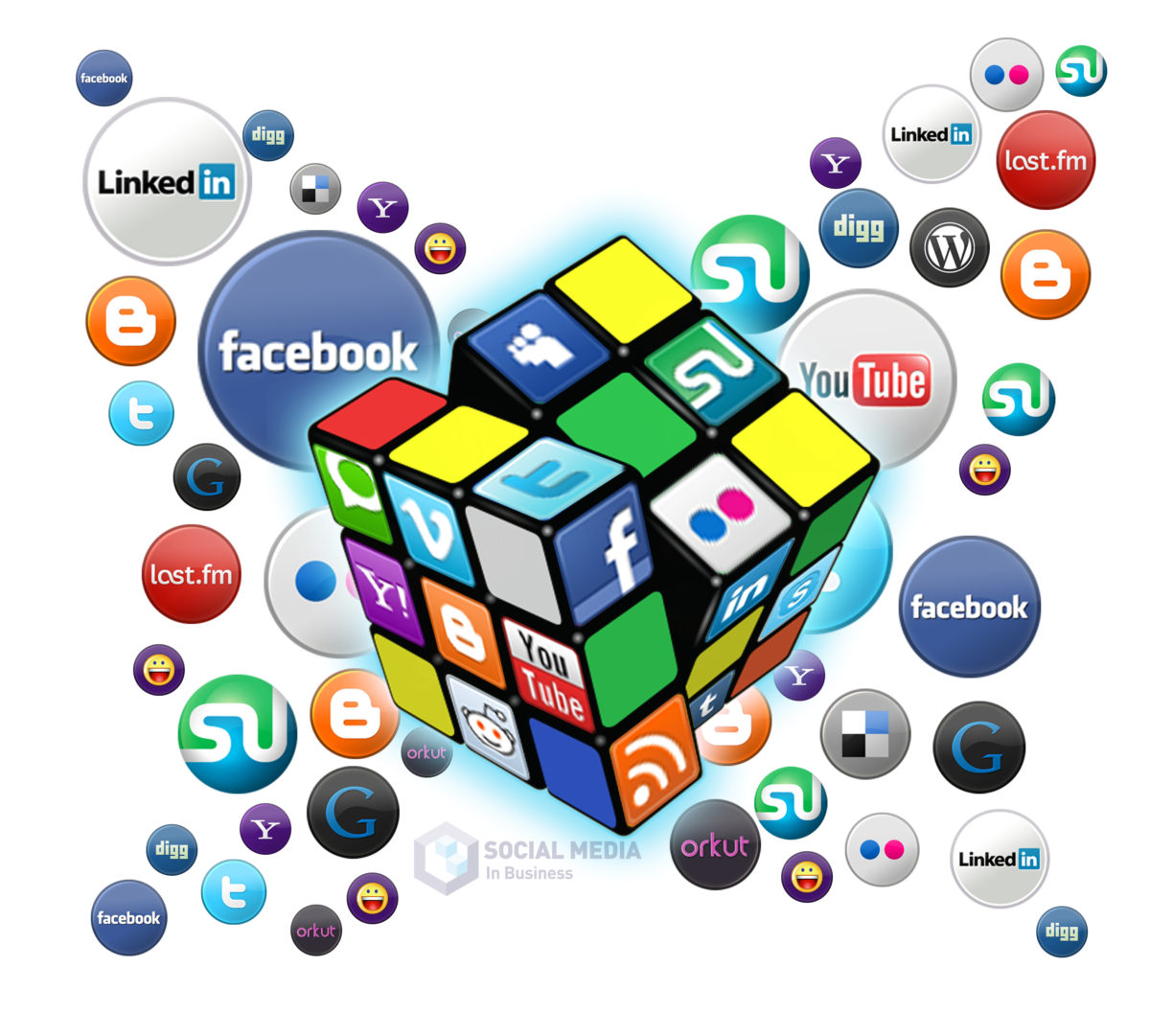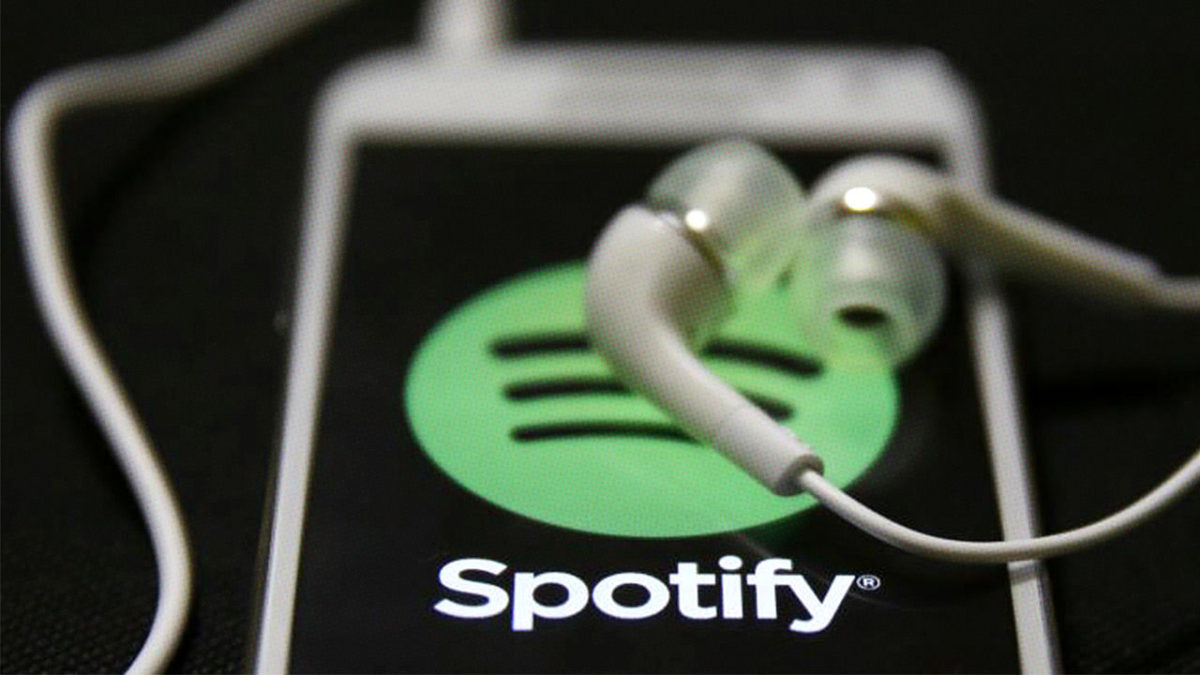Everybody needs their groceries. It doesn’t matter how much you earn or what your social status is, once every couple days you just have to run to the stores get your basic supplies. The supermarket industry is very traditional. There isn’t much innovation in the industry and this is also visible in the market growth of some of the larger supermarket chains. For our digital transformation project, we take Albert Heijn (AH) as example to illustrate the static nature of the supermarket business.
Albert Heijn
AH acknowledged that there is very limited growth in the existing markets. Customers don’t switch from supermarket that quickly. Although Albert Heijn keeps growing, this is only due to opening new stores and entering new market. This is, of course, very important, but it doesn’t mean that they should ignore their current markets. Expanding/enlarging existing markets is less expensive than opening new ones. Albert Heijn did change some things in the last years/decades. Examples are the introduction of the “Bonuskaart” or the introduction of self-scanning devices which make it possible to pay without a cashier, but this isn’t enough.
Social Technologies
As in almost all sectors, development in technology is having a huge impact on retailers. The ubiquity of smart devices and real-time access to customer information give Albert Heijn the ability to serve customers in new and better ways. Furthermore, it creates the opportunity to build a more intimate relationship with the consumers in both the physical stores and online. Social Technology is the key in expanding their current markets. You may think “how are social technologies disruptive, AH already uses social media sites like Facebook and Twitter?” Well it is true that they already use forms of social technology, but this is purely from an advertisement perspective. Online Media sites are used to communicate with their costumers, but this communication is often coming from one-way and it is highly impersonal. A more evolutionary phase of social technologies have to emerge. A phase in which communication is two-ways. Both parties can send and receive messages through which an active community can be created.
Recommendations
Albert Heijn could be benefitting from active communities. Through social technology, customers should be involved in certain decision processes like assortment and pricing strategies. These changes can realize a more diverse assortment for the supermarket and more diversity will also attract more customers and increase customer loyalty. It doesn’t necessarily have to be that expensive for AH, because they can charge the consumers what they are willing to pay. If a small group of customers are willing to pay those more for a specific product, AH can seize a larger market share and increase customer loyalty without margin loss. Social technologies could be a crucial factor in disrupting existing markets within the supermarket industry.



